According to the Tagalogs of Oriental Mindoro, the Santilmo is a ball of fire, believed to be the souls of people who perished in the
Read more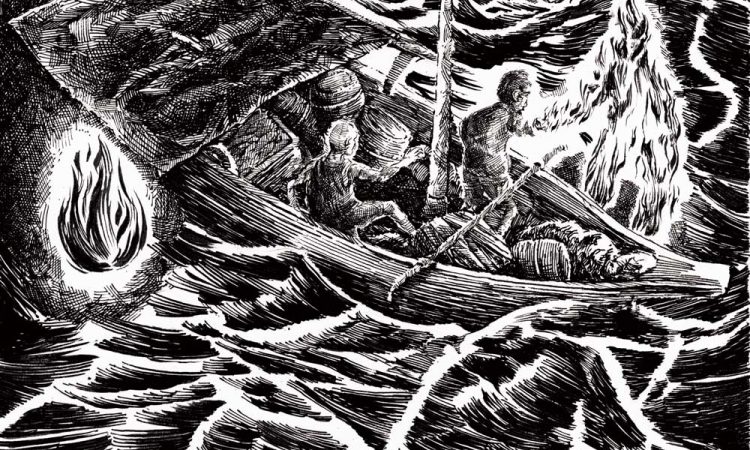
This section contains legends, myths, and studies on the folkloric beings of the Philippine archipelago. These beings have been popularly classified as the “creatures of Philippine lower mythology.” In many cases, some of these beings are still living beliefs. Please use the site search function to look up specific folkloric beings and attributes.
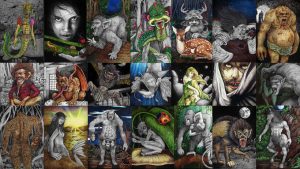
Check out our “Compendium Of Creatures & Mythical Beings From Philippine Folklore & Mythology”

According to the Tagalogs of Oriental Mindoro, the Santilmo is a ball of fire, believed to be the souls of people who perished in the
Read more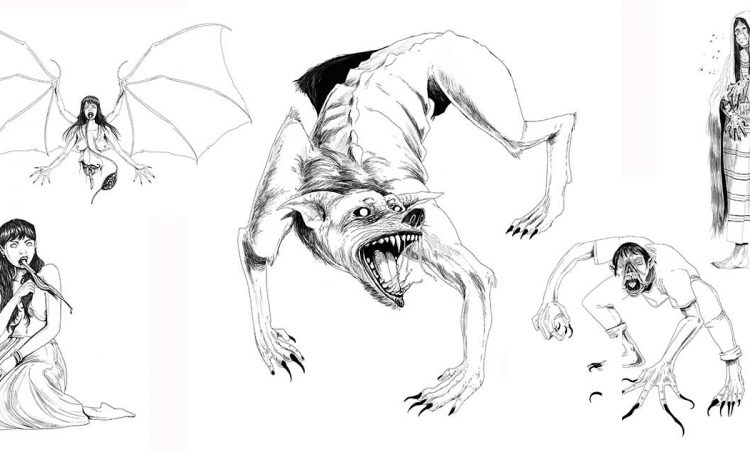
What is an aswang? This is a question that has continually resurfaced during my twenty years of studying the folklore and religious beliefs of the
Read more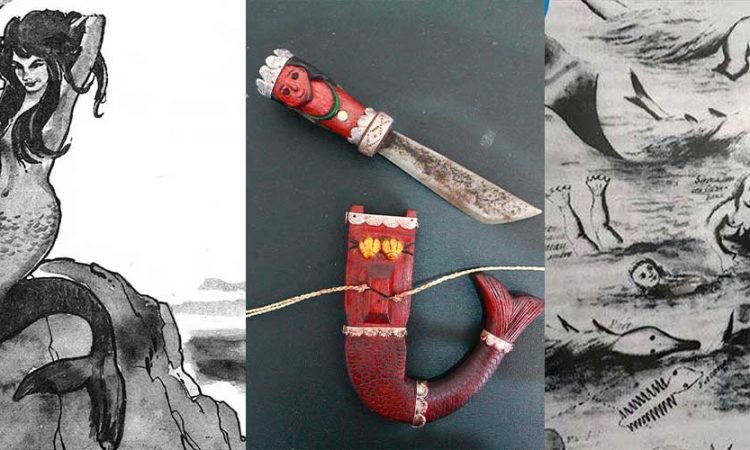
Kataw is the Visayan name for the “sirena.” As renowned folklorist Damiana Eugenio put it, “in a country where the belief in the sirena is
Read more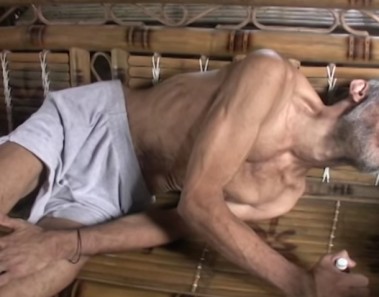
“People visiting these islands – foreigners, Spaniards, Americans – couldn’t explain this transforming person…” Perhaps the most famous creature in Philippine Folklore is the aswang
Read more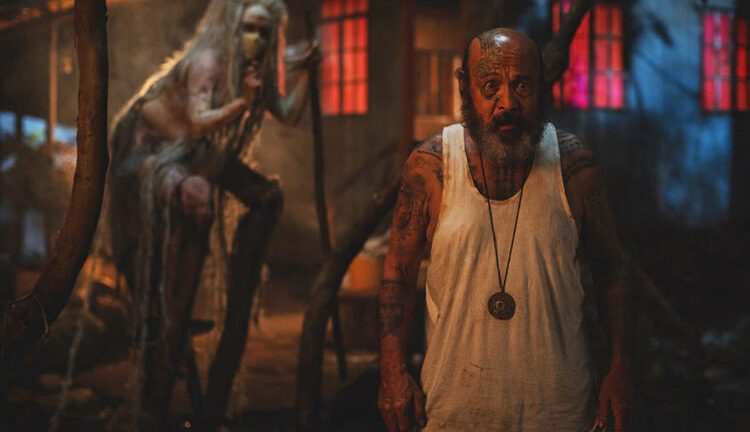
It’s been a long time since I wrote about upcoming entertainment, but I couldn’t resist when I saw the schedule for the second season of
Read more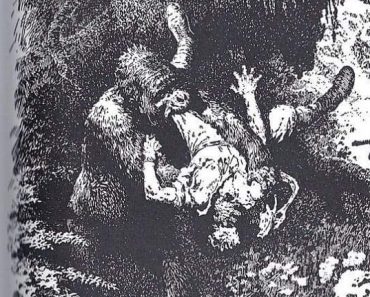
AMOMONGO – (Western Visayas) The term amomongo has not only been used to describe a gorilla in traditional Visayan folktales, such as “Amomongo and Iput-Iput
Read more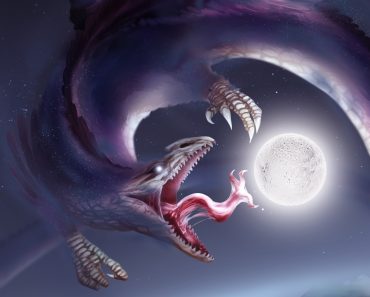
The Kapampángan homeland, Indûng Kapampángan, is located in the northern island of Luzon in the Philippines, by the ethnic group known as Bangsâng Kapampángan (Kapampángan
Read more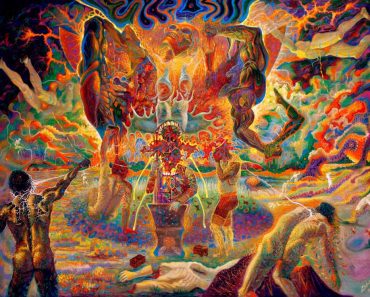
The Bagobo are one of the largest subgroups of the Manobo peoples. They comprise three subgroups: the Tagabawa, the Klata (or Guiangan), and the Ovu
Read more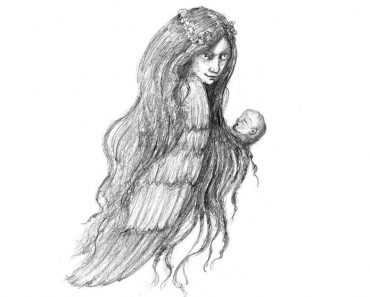
In Dean Fansler’s 1921 book “Filipino Popular Tales” he theorized that “Boroka, (is) apparently a corruption of the Spanish bruja (“witch”).” As far as I
Read more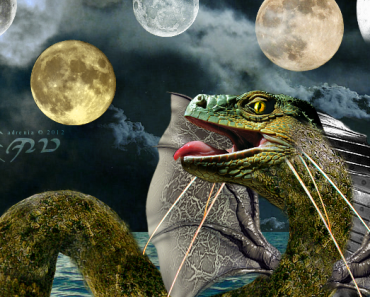
Most of the recent literary interpretations of Bakunawa can be sourced to renowned folklorist Damiana Eugenio’s re-telling of the myth in her collected compilation “Philippine Folk Literature: The Myths“. This, however,
Read more
